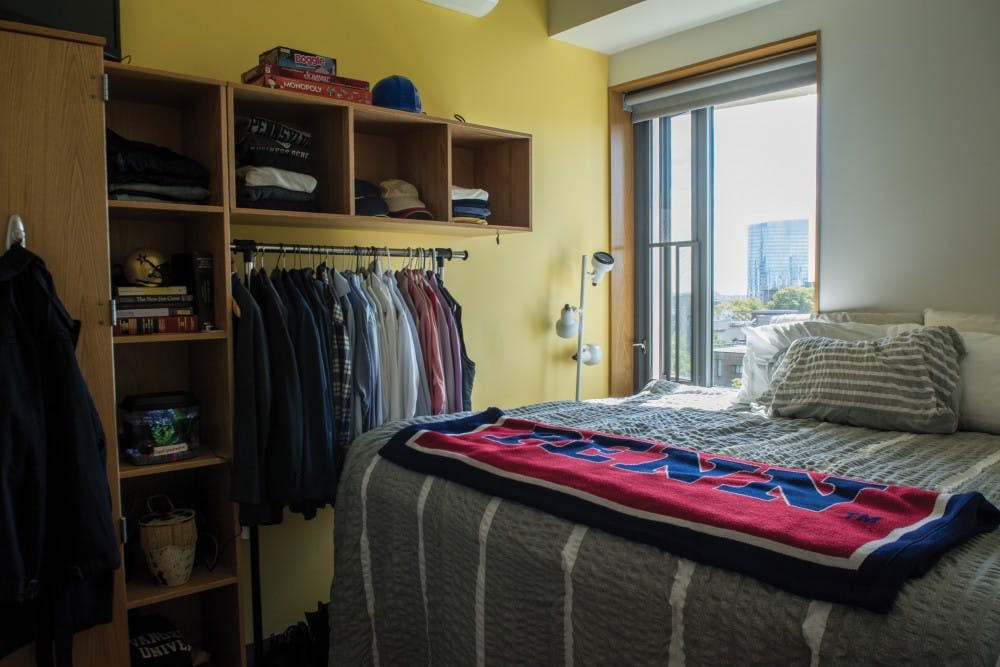Penn's residential programs have had mixed reputations, with some students alleging that they are better in theory than in practice, or otherwise too selective. As of this year, however, students will be able to design their own dream programs and consequently work with housing officials to implement them.
As part of a new initiative, current freshmen, sophomores, and juniors can work to propose their own ideas for residential programs in college houses. These new programs called "Student-Designed Communities," will be offered to residents next school year.
Director of Four-Year Houses and Residential Programs Ryan Keytack said this new initiative was pitched by students, and added that it was well-received at the two information sessions held on the initiative in mid-October.
“We want an opportunity to give [students] a chance to kind of take leadership and ownership of community, provide opportunities to create something meaningful for their following year,” Keytack said.
According to Penn's new website on "Student-Designed Communities," at least 12 students need to come together to propose an idea for a residential program. After their program is established, students can choose to open the program up to other residents, though those first involved in designing the SDC will receive priority.
Some of the possible topics brought up so far included an anthropology-based community, a range of different wellness communities, more STEM-focused communities, and a community based on exploration of world religions, Keytack said. He added, however, that it will be difficult to imagine exactly how these programs will function until the student applications have been submitted.

The number of applicants, amenities, and adequate program space all influence which college house will eventually accommodate which program, Keytack said. He gave the example that for a cooking community program to exist, there must be large kitchen spaces, which can be found in Du Bois College House, Gregory College House, and Stouffer College House, but not in the high rises.
RELATED:
Harnwell's new 'Eco-House' residential program will integrate 'living with sustainability'
In New College House West, expect a coffee bar, wellness space, and community kitchen
The room selection process for all college houses may also change, as Penn will need to ensure that each college house reserves enough space for potentially interested applicants.
“If you have a STEM-related community, there might have been 12 students who propose it," Keytack said, "but we might hold 25 spots for that so other students, who might not have met those students yet, have a chance to join that community and go for the process."
Nursing sophomore Shannon Peters said the new program will offer students an opportunity to meet new friends. "As an upperclassmen, [the program will allow me] to meet more people. This gets more difficult the older you get," Peters said.
College freshman Aseal Saed agreed. "I think it's a really cool idea to have students have their own communities and build their own communities," she said. "It's an interesting way for people to find their own niche."
The introduction of SDCs is part of a broader University effort to focus on building community in college houses. In addition to these new living communities, Penn has also reworked housing structures and redesigned dining experiences.
The deadline to propose an SDC the 2019-20 school year is Nov. 2, after which applications will be reviewed by the Program Community Committee in College Houses & Academic Services.
On Nov. 27, the school will announce application decisions. Selected programs will also participate in the College House Living Fair on Jan. 23 so that more people will be aware of the available programs.
The application requires students to name a faculty or staff advisor who can work with the program and a tentative budget and schedule of events.









